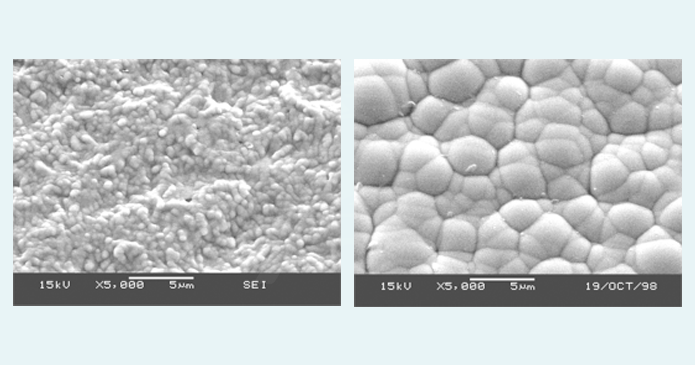In the last issue, we introduced the advantages and disadvantages of five surface treatments:
Tin Plating, ENIG (Electroless Nickel Immersion Gold), Immersion Silver, Immersion Tin, and OSP (Organic Solderability Preservative). Today, we will introduce the pros and cons of ENEPIG (Electroless Nickel Electroless Palladium Immersion Gold), Flash Gold Plating, Soft Gold Plating, and Hard Gold Plating.
What are the advantages and disadvantages of ENEPIG?
Definition of ENEPIG:
ENEPIG is similar to the ENIG process but includes an additional electroless palladium step after the electroless nickel. The palladium layer isolates the nickel layer from the gold plating solution, preventing the nickel from being attacked. The palladium layer also provides higher strength and wear resistance compared to the gold layer. This allows for achieving the same thickness as heavy gold plating with a thin palladium and gold layer, effectively preventing the occurrence of black pads. The typical thickness of ENEPIG layers is: Nickel 2.0μm-6.0μm, Palladium 3-8 micro-inches, Gold 1-5 micro-inches.
Advantages of ENEPIG:
- A very thin gold layer can be used for wire bonding with both gold and aluminum wires.
- The palladium layer separates the nickel and gold layers, preventing intermetallic migration.
- It prevents the occurrence of black nickel (black pad) issues.
Disadvantages of ENEPIG:
- The process is more complex and costly.

What are the advantages and disadvantages of Flash Gold Plating?
Definition of Flash Gold Plating:
Flash Gold Plating (also known as Electroplated Copper Nickel Gold or Electrolytic Thin Gold) involves first plating a nickel layer followed by a thin gold layer (usually ≤3 micro-inches) on the PCB surface. The nickel-gold layer serves both as an etch resist and a soldering layer. The nickel layer acts as a barrier to prevent the diffusion between copper and gold, enhancing solder joint reliability.
Advantages of Flash Gold Plating:
- Provides a flat pad surface suitable for various mounting requirements, including soldering, connectors, and wear-resistant parts like wire bonding.
Disadvantages of Flash Gold Plating:
- The process is complex and costly.
- Numerous subsequent processing steps after gold plating can contaminate the gold surface, leading to poor solderability.
What are the advantages and disadvantages of Soft Gold Plating?
Definition of Soft Gold Plating:
Soft Gold Plating (also known as Pure Gold Plating or Non-Magnetic Gold Plating) involves electroplating a high-purity gold layer (thickness ranging from 0.05 to 3.0 micrometers, theoretically unlimited) on the PCB surface conductor.
Advantages of Soft Gold Plating:
- Provides a flat pad surface, acting as a better carrier than copper, especially suitable for microwave designs.
Disadvantages of Soft Gold Plating:
- High cost and associated risks (gold plating solutions are highly toxic).
- Gold and copper can diffuse into each other, limiting the shelf life.
- If the gold layer is too thick, it can become brittle and result in weak solder joints (due to AuSn4 forming in the solder). For gold wire bonding, the gold thickness generally needs to be above 0.5 micrometers.
What are the advantages and disadvantages of Hard Gold Plating?
Definition of Hard Gold Plating:
Hard Gold Plating (also known as Connector Gold Plating or Gold Fingers, typically ≥10 micro-inches thick) involves electroplating a nickel layer followed by a gold layer containing cobalt, iron, or other metals on the PCB surface conductor. This is mainly used for electrical interconnections in non-soldered areas (such as gold fingers).
Advantages of Hard Gold Plating:
- The gold layer has strong corrosion resistance, good conductivity, and wear resistance, making it suitable for connectors, buttons, and other mechanical contacts.
Disadvantages of Hard Gold Plating:
- High cost and associated risks (gold plating solutions are highly toxic).

